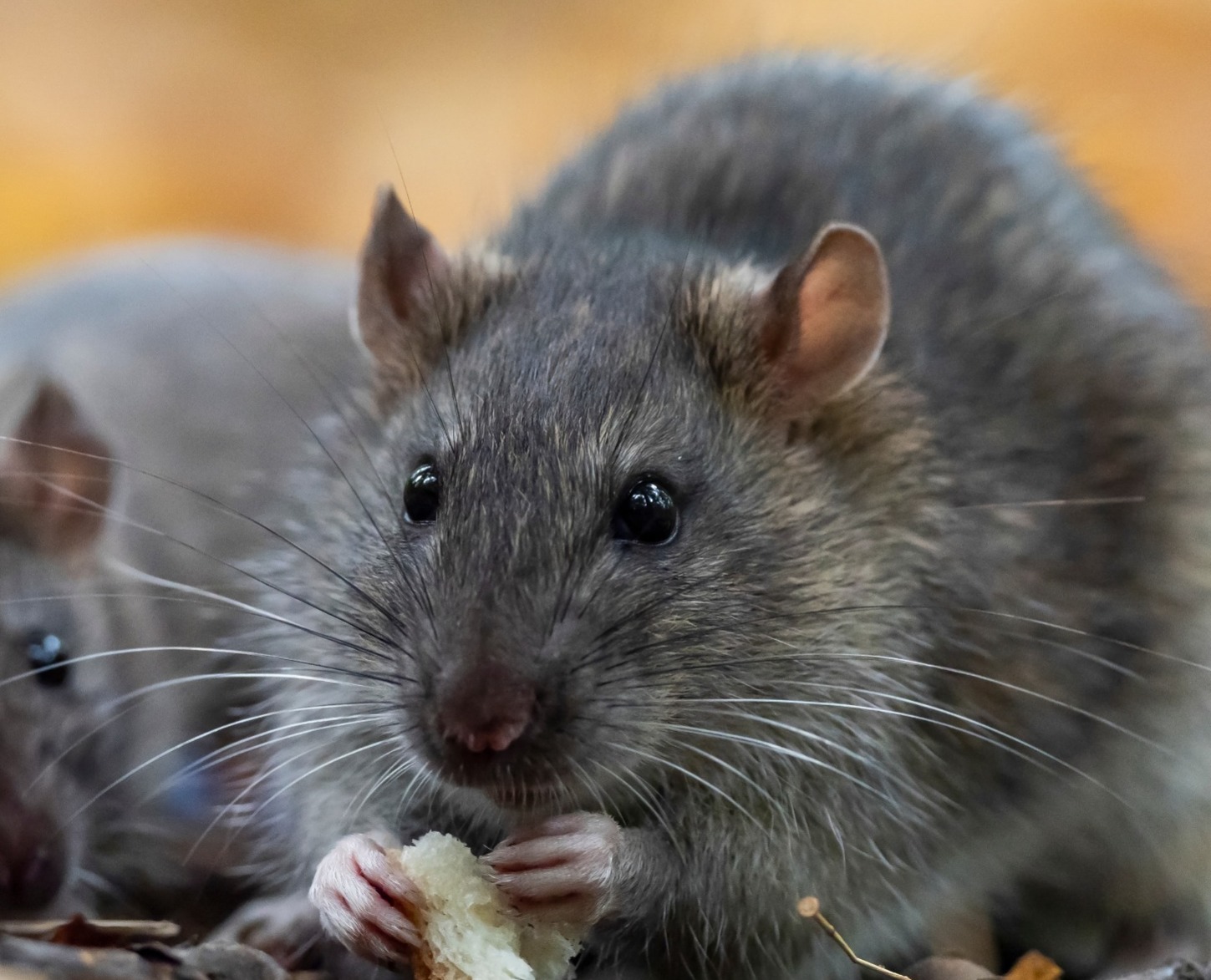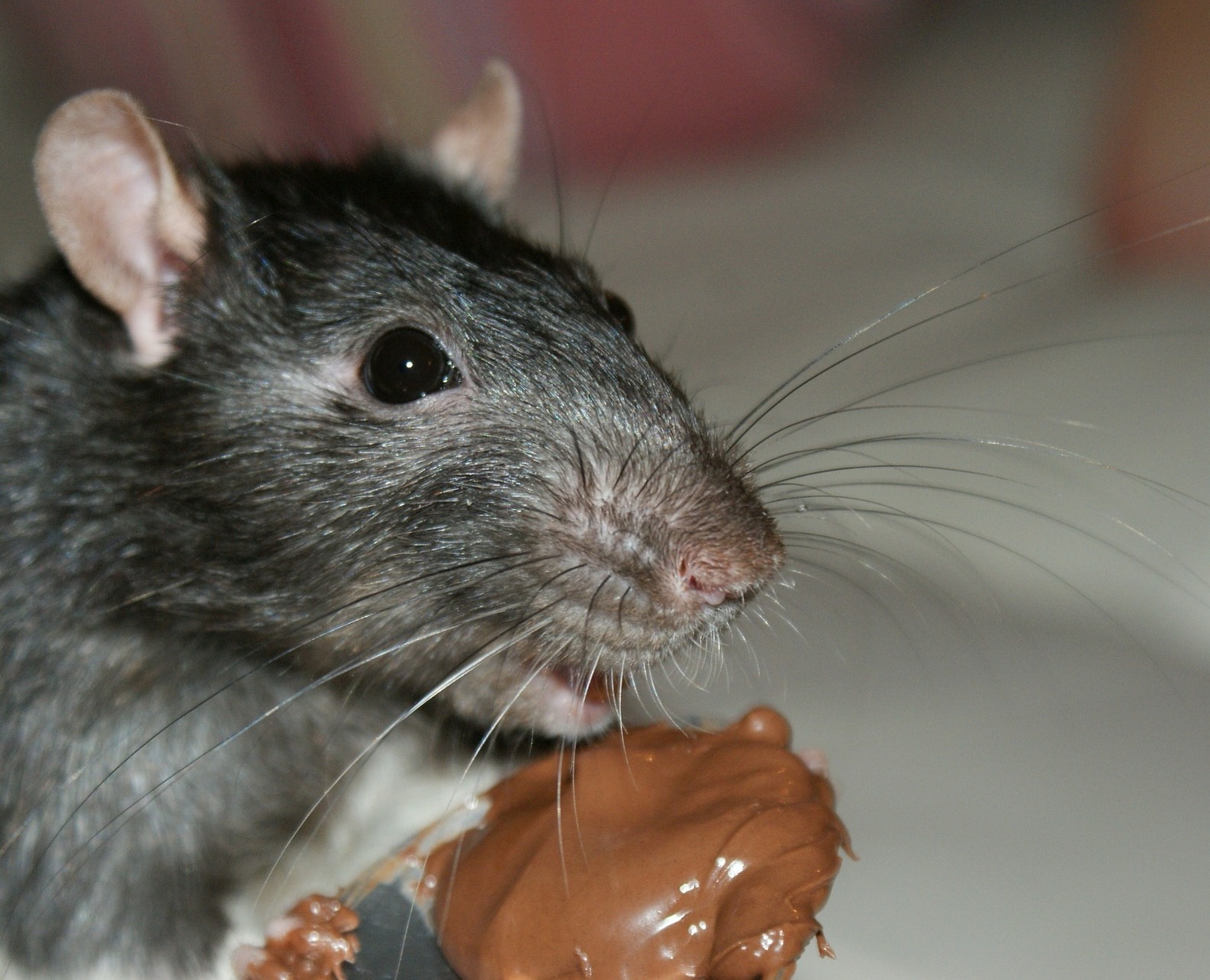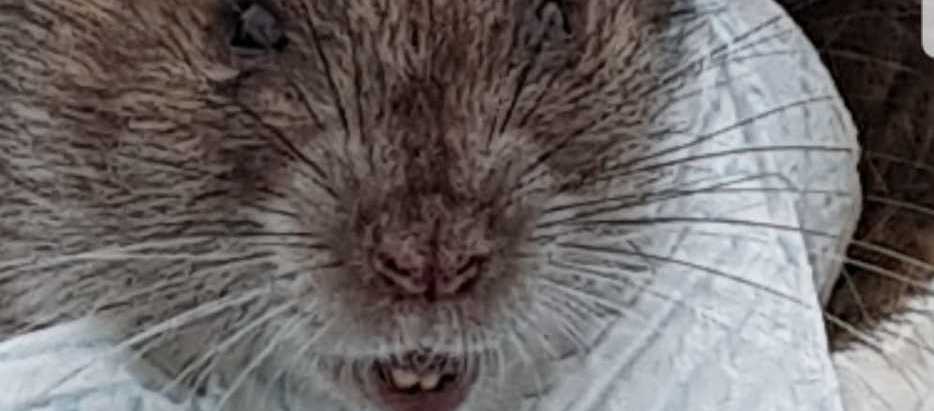Why do rats gnaw?
Posted on 16th February 2023 at 08:19
When do people call us out for a rat infestation?
Obviously, people are all very different to one another and for some the first time that they hear the slightest noise in the loft, they’re on the phone wanting our help but for others, especially when there’s no visible manifestation of a problem, a few random odd noises late at night are no reason for concern and so it’s better to leave things well alone.
That attitude suddenly changes when the random noises stop and they hear whatever is up in the loft, gnawing away at something, that sound of an animal chewing its way through a roof joist triggers the instant fear that something bad is soon going to happen, and so they’ll reach for the phone and give us the call.
Honestly, whenever we get a new rodent job come in, we ask for the history of the infestation and we’re not surprised that it’s been going on for years with earlier attempts at getting rid of the problem confined to another company poisoning the loft with repeat infestations every year or so.
Its those horrible gnawing sounds seems to be the trigger that means the same old approach isn’t going to work so they look for a company like ours that has a different approach.


Why do rats gnaw?
Rats are members of the animal order Rodentia, this group includes animals like beavers which as we all know, are the undisputed masters of gnawing. Rodents have a powerful bite and teeth that continue to grow out from the root. Because of this, all of the rodent species need to gnaw to keep the leading edge of their teeth in check, if they didn’t do this the teeth would continue growing until the animal couldn’t feed itself because they’ve blocked the entire mouth.
The other special thing about rats’ teeth is the hardness of the enamel; on the Mohs Scale, which is a universally recognised measurement of hardness, their teeth are ranked at 5.5 – the scale starts with the softest at zero and ends at ten which is the hardest; and diamonds are it. To get an idea of how hard rats’ teeth actually are, take a copper coin out of your pocket, that coin comes in at 3.5 on the scale and a kitchen knife? Well, that comes in exactly the same at 5.5, now you can see what damage they can do when they’re up in your loft.
Gnawing is such an important feature of rodents that evolution has changed their entire dental layout, the incisors sit at the front just like ours do, and right behind them, there’s a large space before a small set of molars. This space is called the diastema, as they gnaw, cheek muscles push out the fibres of the material that they’re working on.
We would have to stop and spit out those fibres with the risk of accidentally swallowing some, but rodents can gnaw away at something just like a chainsaw, cutting through wood, plastic and even mild sheet steel with ease and without pause.
Rodents all have strong jaw muscles and rats are no exception to this, evolution has given these animals a powerful bite, rats can exert a force of 12 tonnes per square inch. As a comparison, the Great White shark exerts a bite force of only 2 tonnes per square inch, so in this case, we’re definitely going to need a bigger boat!


If you’ve got a problem with rats and want a professional solution then give us a call; we’re not going to stick rodenticide up inside your loft, we investigate the reason why the rats are there and look long and hard at finding the entrance point.
Once we understand how they got in, then we can stop them for good and that’s how we do pest control in Maidenhead.
Share this post:















